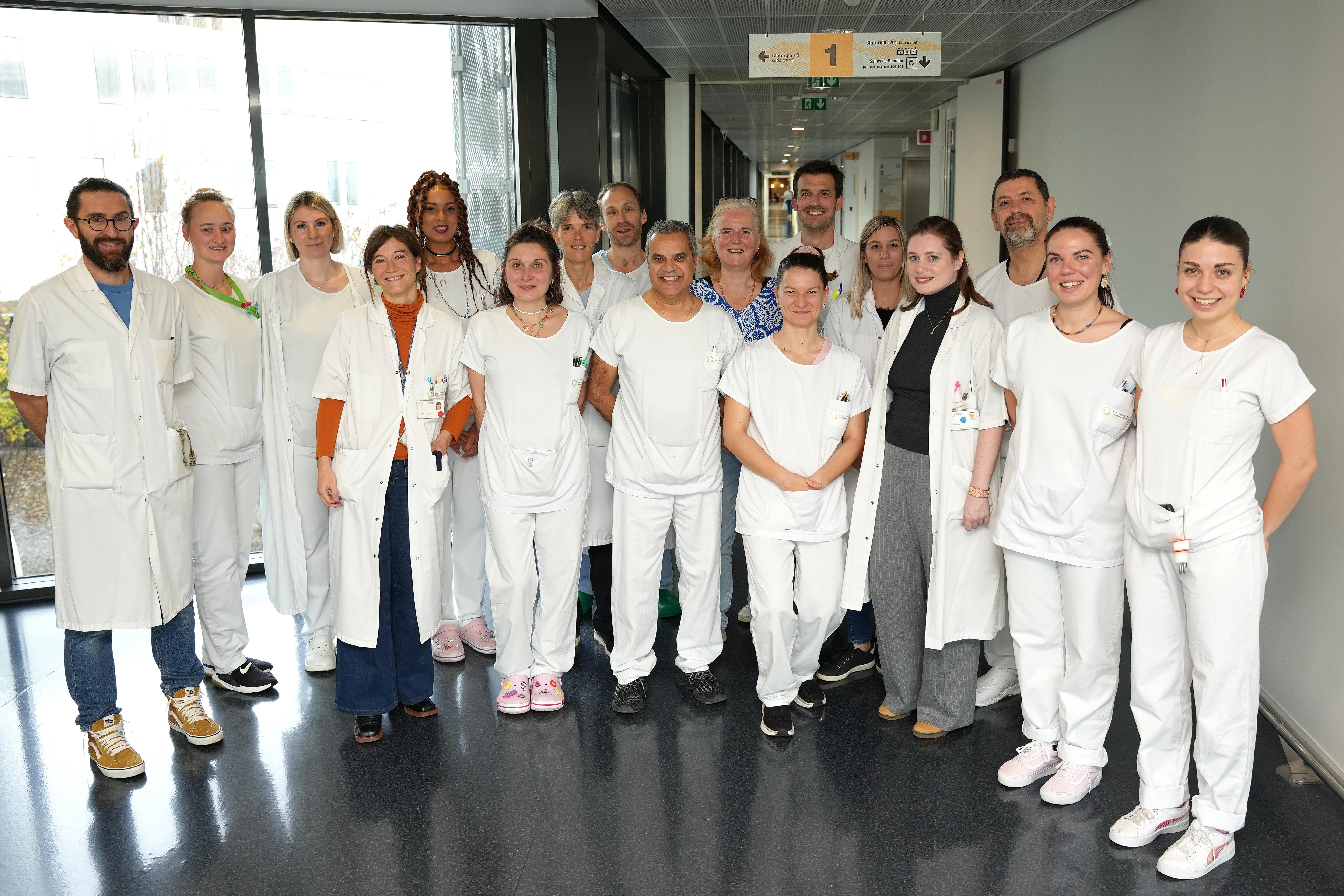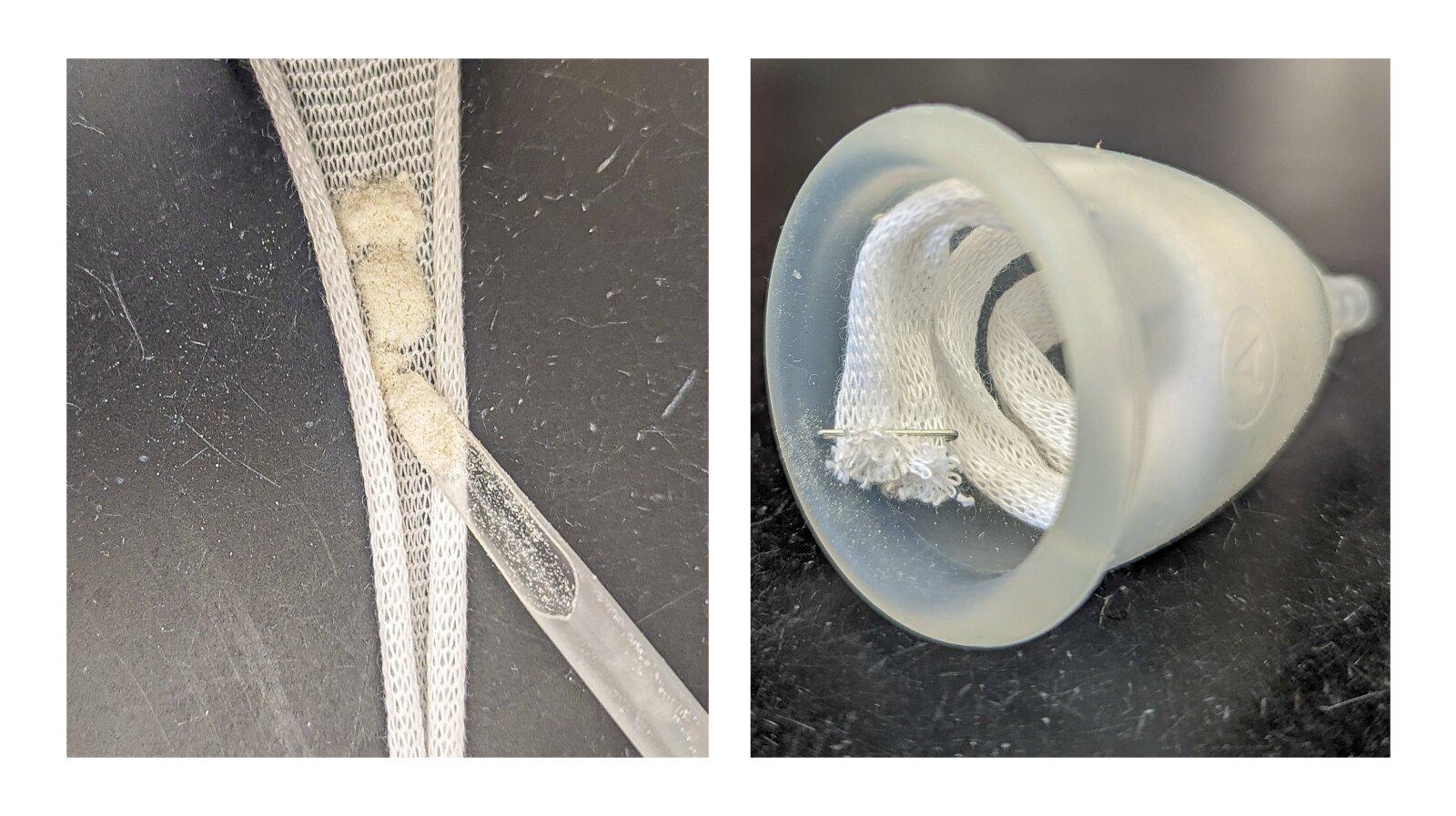A major discovery could make it possible to cultivate the growth of neurons and thus counter the effects of neurodegenerative diseases such as Parkinson’s and Alzheimer’s. Researchers have developed a new printable biomaterial capable of mimicking the properties of brain tissue.

- A new biomaterial, achievable in 3D printing, could make it possible to cultivate neurons in the laboratory
- These neurons will then be transplantable to patients suffering from neurodegenerative diseases or spinal cord injuries.
- This innovation has multiple therapeutic implications: it could thus be used to recreate other tissues in vitro, such as cartilage or cardiac tissue.
Will it one day be possible for surgeons to transplant healthy neurons into patients with neurodegenerative disease or brain damage? And that these healthy neurons were grown in the lab from a patient’s own cells?
This is what a promising study led by researchers at Northwestern University, in the United States, and published in the journal Advanced Science. They have developed a highly bioactive synthetic material that not only lends itself to 3D printing, but can also self-organize to form larger “superstructured” nanofiber bundles.
A dynamic biomaterial
According to the researchers, these superstructures have the ability to mimic the growth of neurons. They are created from agile molecules, which cover a distance thousands of times greater than themselves in order to regroup. On a microscopic scale, this migration causes the structure to transform from what looks like a piece of uncooked ramen noodles to string-like bundles.
Additionally, when dynamic molecules move to form superstructures, large pores open that allow cells to enter and interact with bioactive signals that can be embedded in biomaterials.
Multiple therapeutic implications
According to the researchers, the material’s superstructure and bioactive properties could have broad implications for tissue regeneration. For example, neurons are stimulated by a central nervous system protein called brain-derived neurotrophic factor (BDNF), which helps neurons survive by promoting synaptic connections and allowing neurons to be more plastic.
Currently expensive to produce and degrading rapidly in the body, the proteins that make up BDNF are synthesized in the new material developed by the researchers. This could thus have valuable promising therapeutic implications for patients with neurodegenerative diseases and spinal cord injuries.
But that’s not all. According to Professor Samuel I. Stupp, lead author of the work, this discovery could make a breakthrough in other areas of regenerative medicine by applying different chemical sequences to matter. Simple chemical modifications in biomaterials would thus provide signals for a wide range of tissues.
“Cartilage and heart tissue are very difficult to regenerate after injury or heart attack, and the platform could be used to prepare these tissues in vitro from patient-derived cells, explains Professor Stupp. These tissues could then be transplanted to help restore lost functions. Beyond these interventions, the materials could be used to make organoids to discover therapies or even be directly implanted into tissues to regenerate them since they are biodegradable.”
.
















